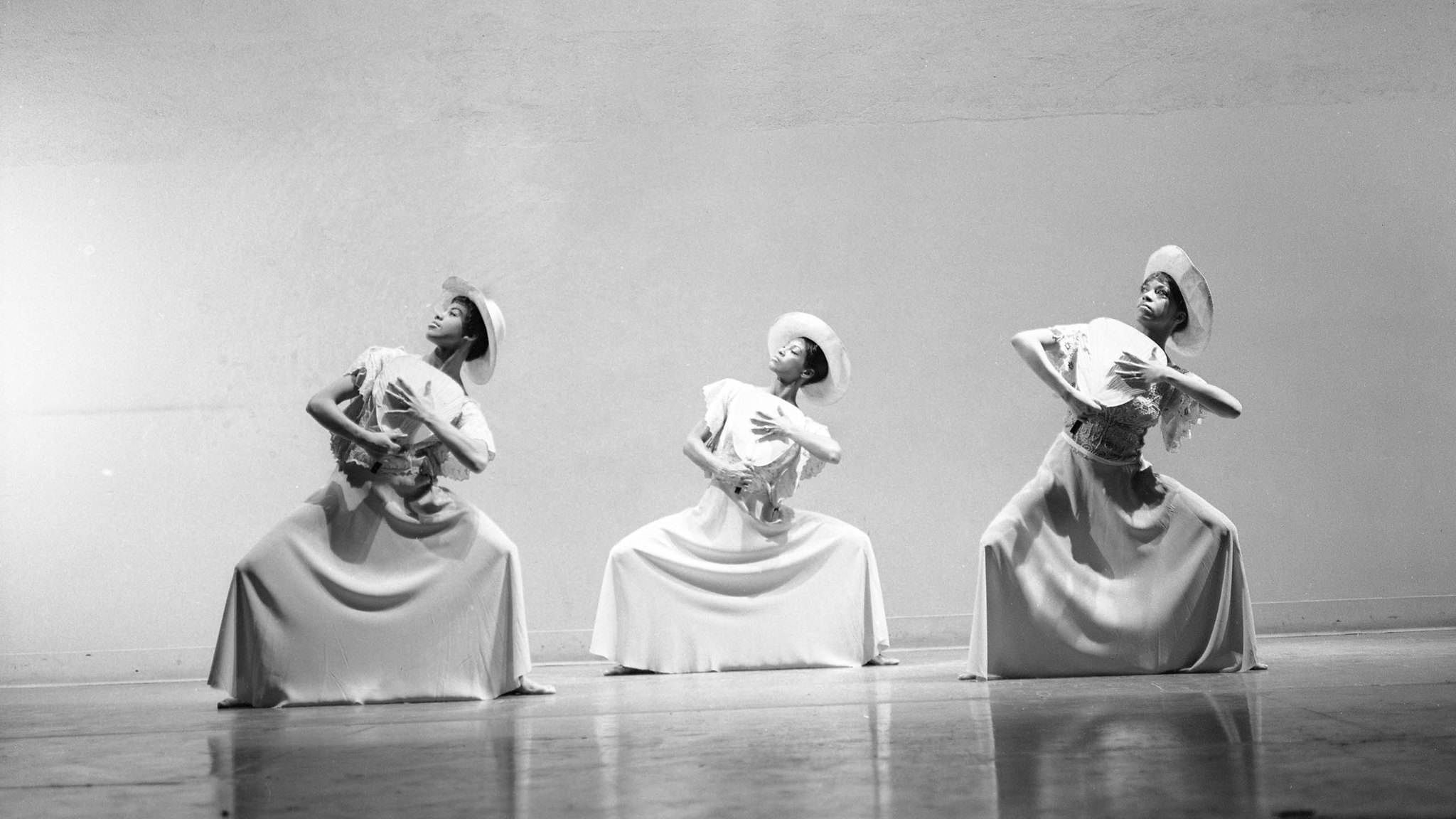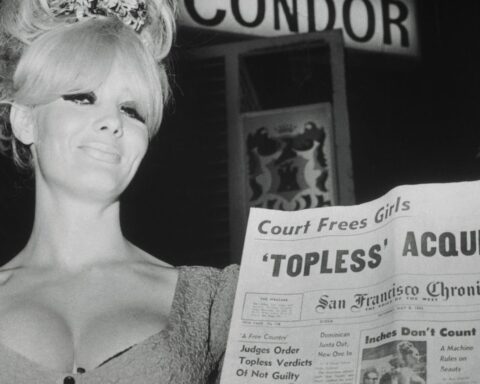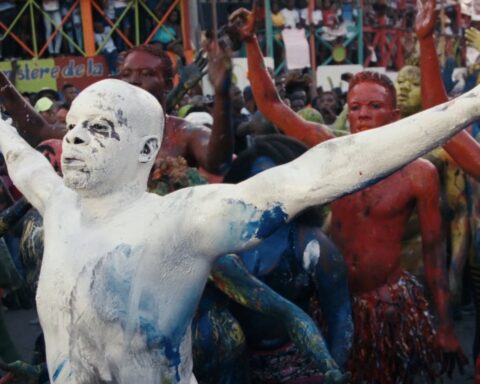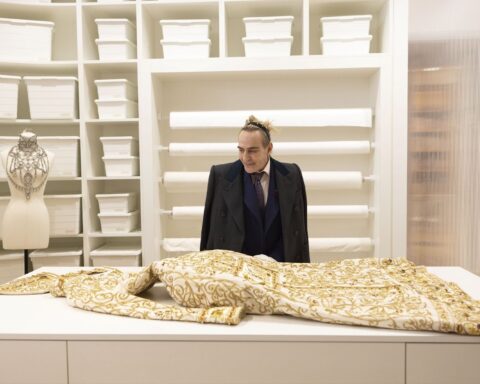Ailey
(USA, 94 min, 2021)
Dir. Jamila Wignot
A feature documentary on the pioneering Black choreographer and dancer Alvin Ailey is long overdue so it’s a pleasure to see that director Jamila Wignot has done a fine job offering viewers a chance to appreciate his art and life. Her film, simply titled Ailey, premiered at Sundance, the historically Indie festival, and is now available for streaming and in select theatres in North America. Though Ailey is long gone, he can be seen and heard throughout the film in archival footage and, in particular, vocal recordings from the last year of his life. In a larger sense, Wignot has imbued the film with Ailey’s presence as a creator whose spirit lives on through his company, which is such a force in contemporary dance.
Apart from the film’s opening section, taken from Ailey’s Kennedy Center Honors celebration, which felt as if a mainstream approach was going to be taken towards the acclaimed dancemaker, Wignot adopts a poetic approach towards her subject. Using the extensive black and white film footage available to her, giving a sense of what Black life was like back then, the director takes us through Ailey’s youth in an impoverished Texas town through adolescence in Los Angeles to the revelation of becoming a dancer with his close friend Carmen de Lavallade in the Lester Horton dance troupe in the early 1950s. When Horton unexpectedly died, Ailey took over the company temporarily before moving with de Lavallade to New York, dancing for shows starring Harry Belafonte and Lena Horne before starting his own entity in 1958. He was only 27 and within three years of forming the Alvin Ailey American Dance Theater, he created two masterpieces, Blues Suite and Revelations. Both celebrate Black culture through dance and music, imbued with passion and purpose, as the best and worst of African America’s past is evoked.
Using colour as well as more black and white visuals, Wignot is able to mesmerize viewers with Ailey’s extraordinary artistry. Here was a figure who dared to represent the pain of slavery as well as the power of the gospel as part and parcel of the lives of Black Americans. Ailey’s company was taken up by the US State Department, which began to sponsor international tours with them by 1962. Always a critical success, it took Ailey and company over a decade to become a well-funded institution, not surprising given the political nature of the work—and the fact that, after all, they were one of the first Black cultural entities in the U.S. and the world.
Wignot chronicles Ailey and the story, often allowing the best footage and the dancemaker’s verbal reminisces to cover an often-complex tale. The director never seems to worry that her biography of Ailey might become too vague since the actual dates and timing of events is often eschewed, allowing for a more poetic understanding of what was happening to the man and the company during these years of success.
Happily, the brilliant Bill T. Jones, arguably the successor to Ailey as the top Black choreographer, is on camera in a cogent interview to offer an understanding of what happened to his precursor in the final years of his life. Ailey was, for many reasons, a closeted gay man, who became ill and died of AIDS in 1989 at the age of only 58. Jones offers understanding to a proud dance pioneer, who felt the burden of representing Black Americans at a crucial time in the US, when civil rights was so important. There’s a compassion in Jones’ appreciation of another gay Black man, who may well have desired to be embraced as a full sexual being but felt he couldn’t do so.
Ailey is filled with tales of him by his former colleagues and collaborators, most prominently the legendary George T. Faison and the extraordinary Judith Jamison. We do get a feeling from them and others of “Mr. Ailey,” the genius, who could be tough and angry but was under the stress of maintaining a dance company and a burgeoning school as well as creating extraordinary choreographic work year by year. It’s no surprise that he cracked under the pressure once and had to be institutionalized—and it’s clear that he fought back to reclaim the Dance Theater and School before AIDS cost him his life.
Jamila Wignot has created a lovely film about Alvin Ailey. It’s a truly moving picture of a master of movement—and should be widely seen.
Read more about Ailey in our interview with Jamila Wignot.














